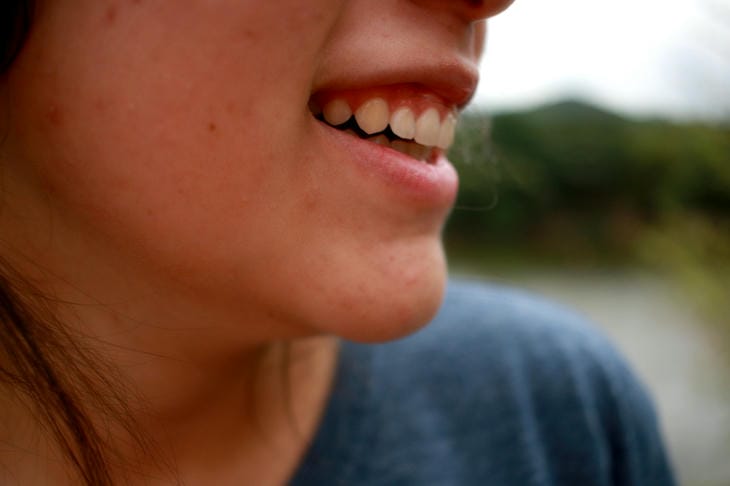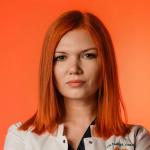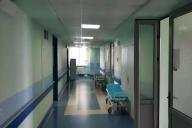Rosacea and acne are the most common skin conditions and are often confused due to their similar appearance.
But these are different diseases, and each of them has its own pathogenesis, clinical manifestations and treatment methods.
We will talk about this in this article together with dermatologist Nailya Shigapova .
Acne is a disease that occurs as a result of inflammation of the sebaceous gland, most often diagnosed during puberty, but also occurs in adults.
Causes of occurrence:

- Hormonal changes
Due to the increase in androgen levels that occurs during puberty, sebum production increases.
- Bacterial infection
The causative agent of the inflammatory process is most often the bacterium Propionibacterium acne.
- Thickening of the stratum corneum
Popularly known as “clogged pores,” this is when dead cells, mixed with sebum, clog the excretory duct.
All this manifests itself in black dots, inflammatory elements with purulent contents, painful cysts and pustules. Treatment includes the use of systemic retinoids, external therapy, hormones and antibiotics.
Rosacea is a chronic, recurring disorder of the face that is characterized by redness of the skin, dilation of facial blood vessels, swelling, and the formation of pustules and papules.
The causes of rosacea are still not precisely established, but it is believed that predisposing factors include genetic predisposition, bacterial infections and various vascular tone disorders.
Rosacea is characterized not only by redness of the skin, but also by a feeling of heat, and the affected tissues are also warmer to the touch than unaffected ones. The similarity with acne is that rosacea can also cause pustules to form, but rosacea, unlike acne, does not have comedones.
How else do acne and rosacea differ from each other:
- Age of onset
Rosacea is mainly a disease of adults, especially after forty, while acne is more common in teenagers.
- Localization
Acne can also be on the back and chest, but rosacea affects only the face.
Rosacea is a more individual disease: metronidazole and azelaic acid are used for treatment to reduce inflammation, antibiotics are used in severe cases, but the most important thing is to identify and avoid the trigger, that is, the factor that provokes an exacerbation, most often alcohol, spicy food or high temperatures, such as a sauna.
Acne and rosacea are different diseases with different causes, diagnosis and treatment. For any skin problems, consult a dermatologist, and he will help identify the disease and prescribe the appropriate treatment!









